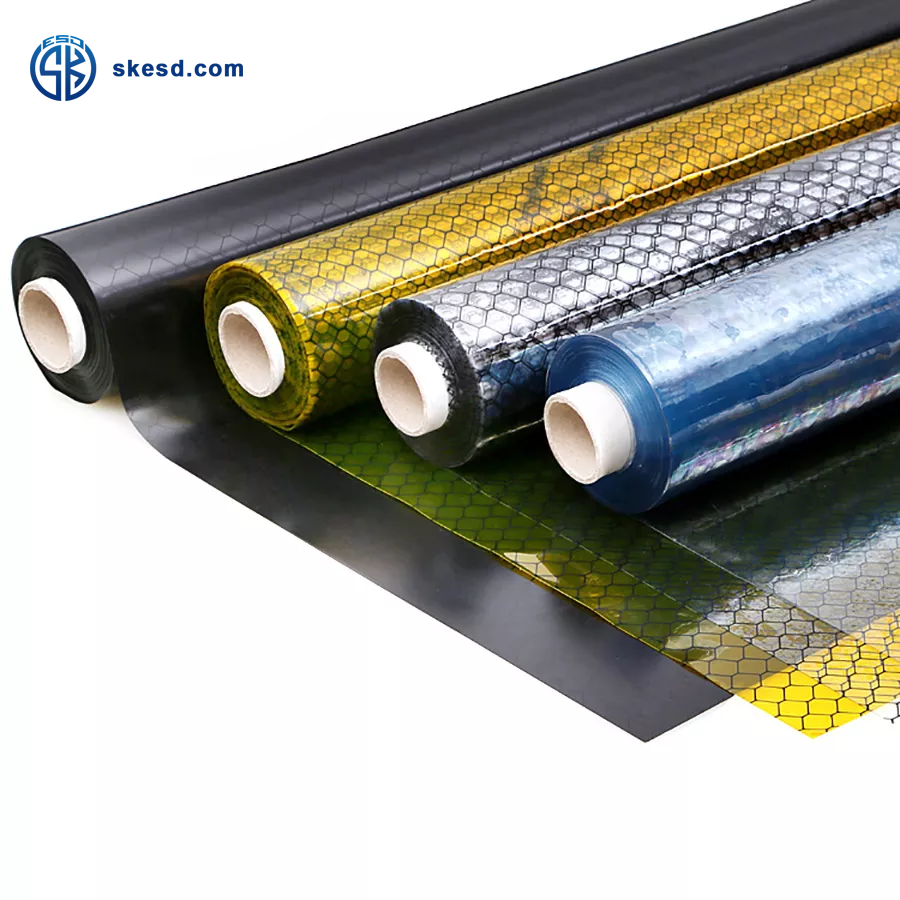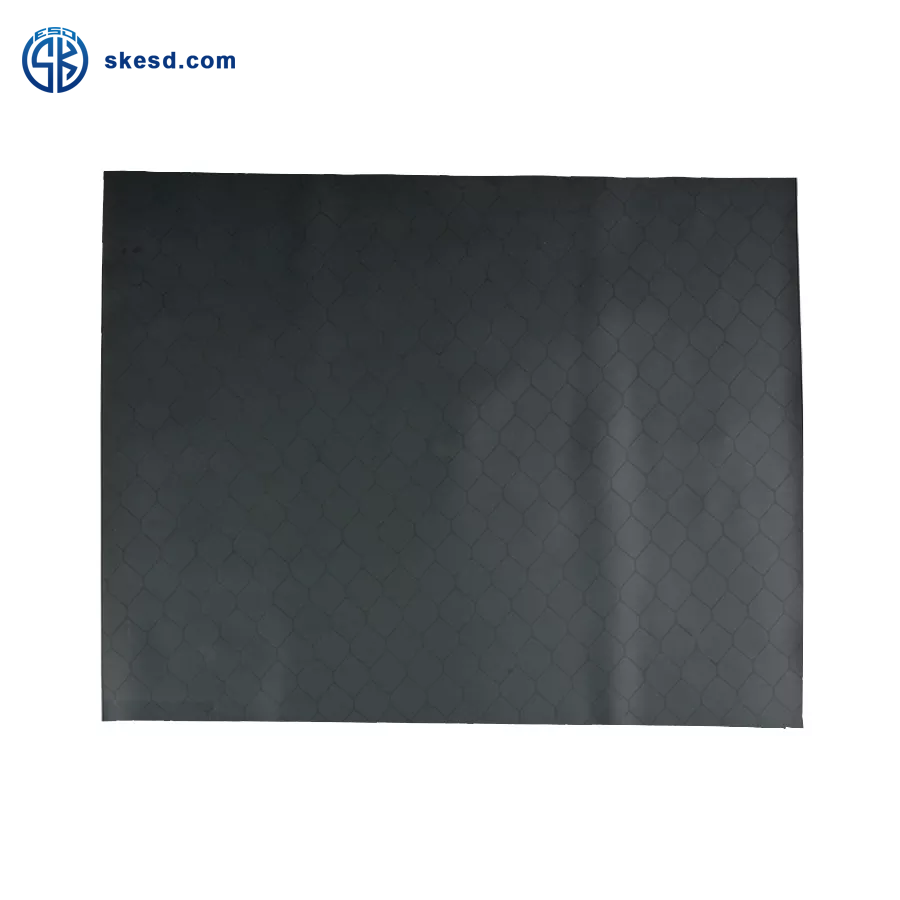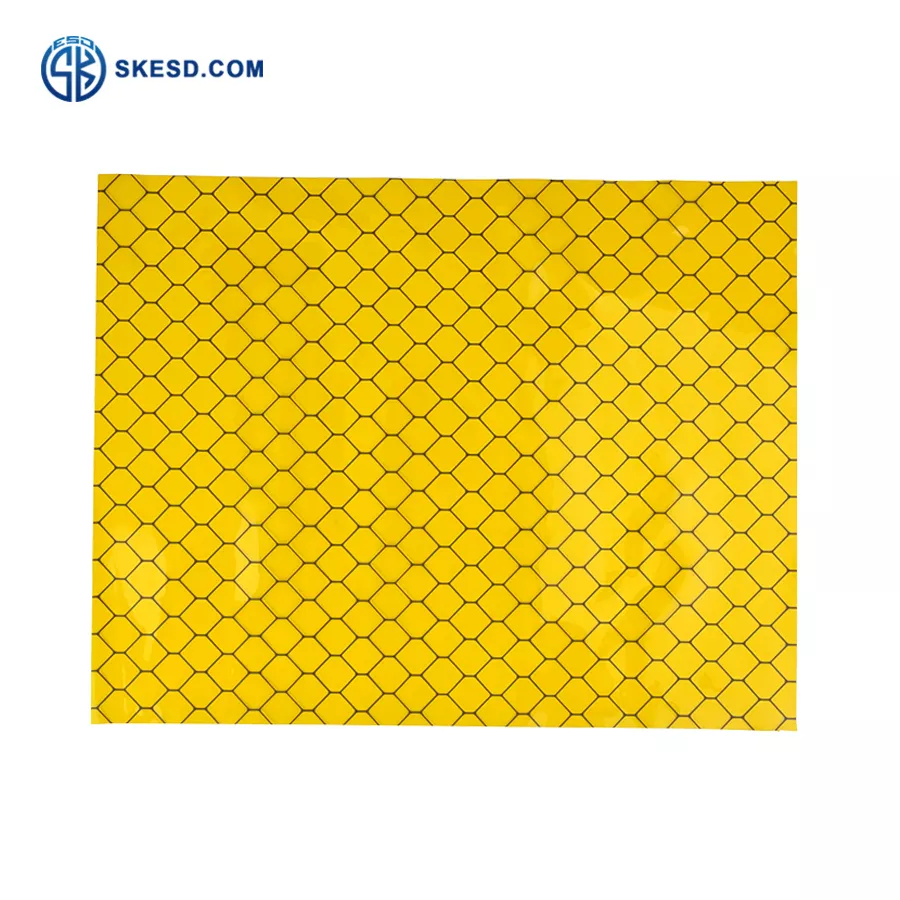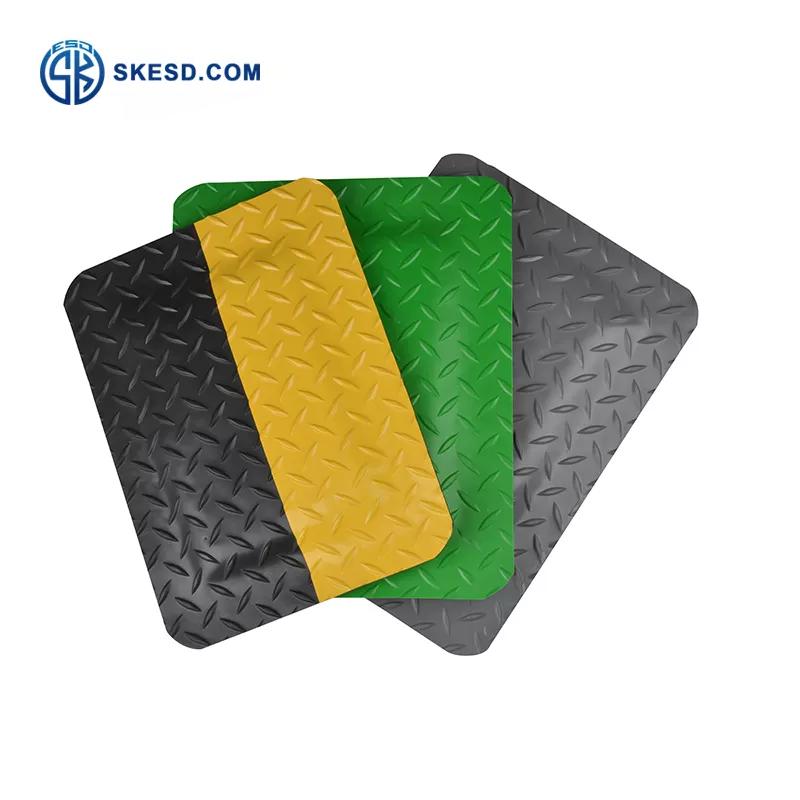ESD curtains, also known as electrostatic discharge curtains, are used to control electrostatic discharge in various environments, particularly in areas where sensitive electronic equipment or components are present. These curtains are designed to dissipate or neutralize static electricity to prevent damage to electronic devices. Here are some types of ESD curtains commonly used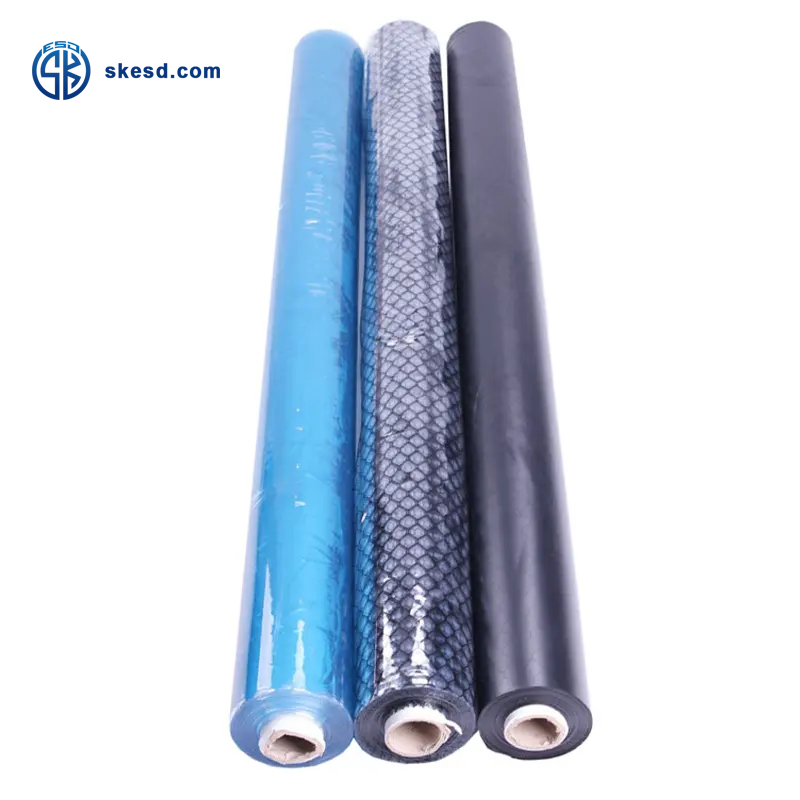
- Conductive Curtains: These curtains are made of materials that have a high level of electrical conductivity, such as carbon fiber or metalized fabric. Conductive curtains provide a low-resistance path for the flow of static electricity, allowing it to dissipate harmlessly.
- Static Dissipative Curtains: Static dissipative curtains have materials with a moderate level of electrical conductivity. They are designed to slowly and safely discharge any built-up static electricity, preventing sudden discharges that can damage sensitive electronic equipment.
- Shielding Curtains: Shielding curtains are made of materials that provide a barrier against electromagnetic interference (EMI) and radio frequency interference (RFI). They are commonly used in areas where EMI/RFI shielding is required to protect sensitive electronic devices from external electromagnetic disturbances.
- Cleanroom Curtains: Cleanroom curtains are used in controlled environments, such as cleanrooms or laboratories, where cleanliness and electrostatic control are critical. These curtains are made of low-linting materials and are designed to minimize the generation and accumulation of static charges.
- Anti-Static Strip Curtains: Anti-static strip curtains are composed of multiple overlapping strips made of anti-static PVC material. They are often used in manufacturing facilities or warehouses to create a barrier that restricts the movement of static charges, preventing them from reaching sensitive areas.
It’s important to note that different types of ESD curtains may have specific features or specifications depending on the intended application and the level of electrostatic discharge protection required. The selection of the appropriate ESD curtain depends on the specific needs of the environment and the equipment being protected.
Related Products
continue reading
Related Posts
Rohs 2.0 has emerged as a crucial aspect of compliance […]

